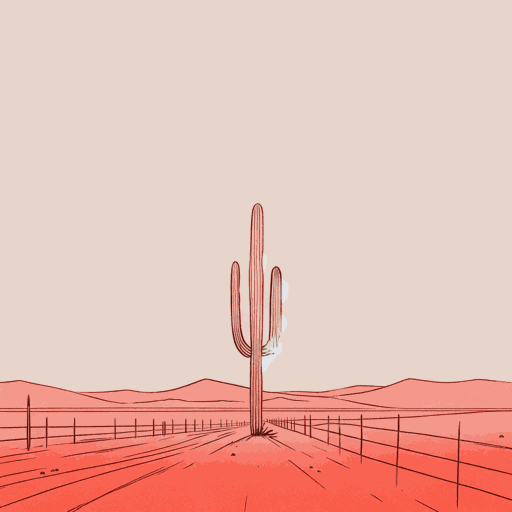51 pages • 1 hour read
Jason De LeónThe Land of Open Graves: Living and Dying on the Migrant Trail
Nonfiction | Book | Adult | Published in 2015A modern alternative to SparkNotes and CliffsNotes, SuperSummary offers high-quality Study Guides with detailed chapter summaries and analysis of major themes, characters, and more.
Themes
Prevention Through Deterrence and the Desert Scapegoat
The premise of De León’s book is that the American government and Border Patrol use the Sonora Desert on the US-Mexico border as not only a deterrent for illegal migration but as “a killing field” capable of eviscerating migrant bodies and the evidence that they were there in the first place (8). The government therefore uses the desert wilderness as a scapegoat for the brutal nature of migrant deaths.
De León is keen to show that the Sonora desert, whose “beauty” at sunset is “overwhelming,” and which has been viewed as a sacred space by the O’odham desert people, is not the only actor in the death of the migrants who attempt to traverse the border (23). De León makes use of Italian philosopher Giorgio Agamben’s “state of exception,” defined as “the process whereby sovereign authorities declare emergencies in order to suspend the legal protections afforded to individuals while simultaneously unleashing the powers of the state on them” (27). He considers that:
[L]ike Agamben’s characterization of the concentration camp, the spatial arrangement of borders often allows a space to exist outside the bounds of normal state or moral law. Border zones become spaces of exception—physical and political locations where an individual’s rights and protections under law can be stripped away upon entrance (27).

